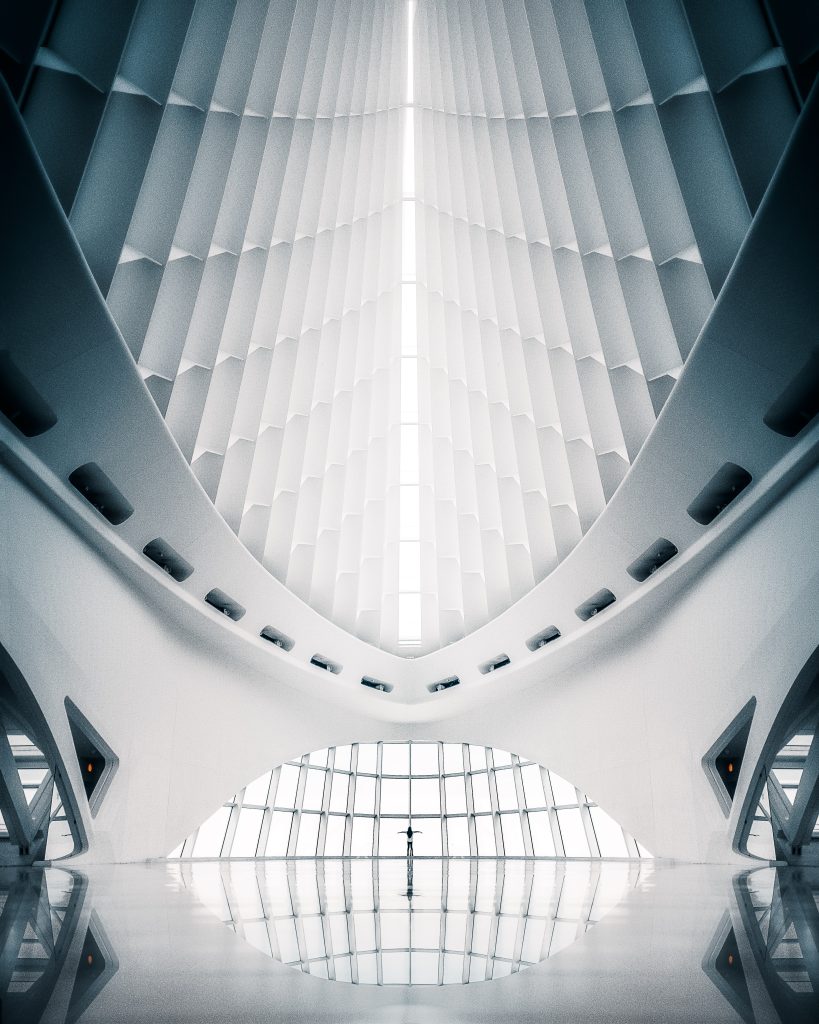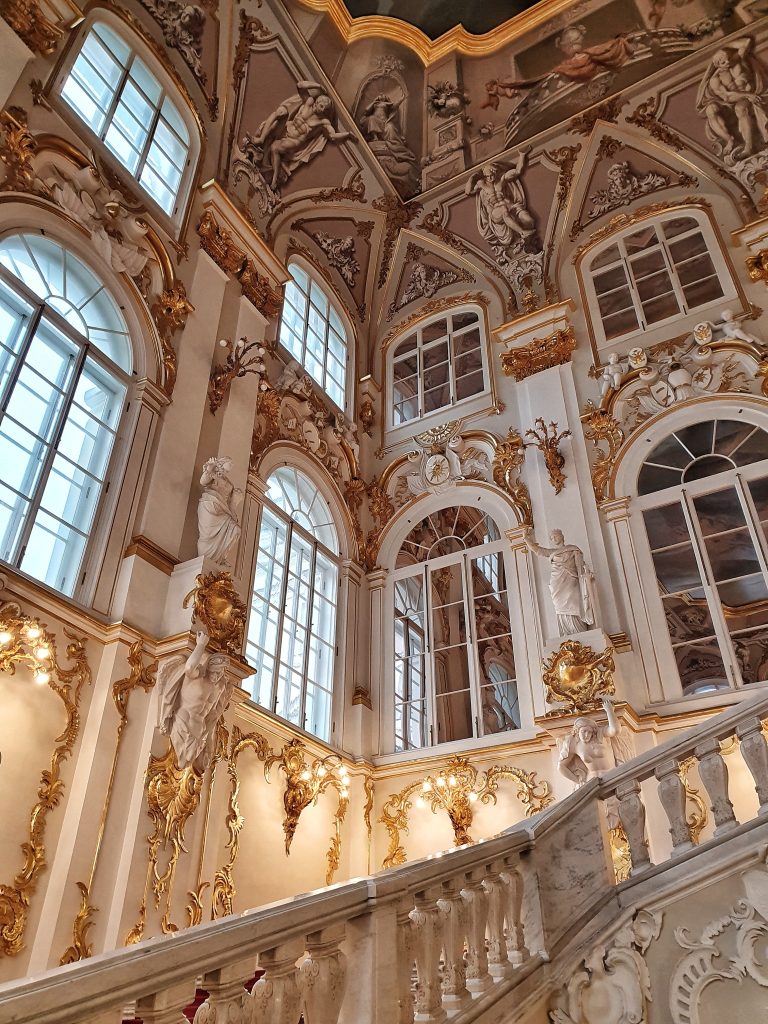The second of the seven arts, architecture is the process of designing buildings and other structures.
Broader definitions include built environment, building, or Containing the object; furniture and objects, urban planning, urban planning, and landscape architecture.
It can also be said to change the environment through the use of shape, form, space, and light.

Le Corbusier, a French architect, gave one of the most well-known definitions of architecture: «Architecture is the masterly, accurate, and magnificent dance of forms beneath the light.
» (1923’s Vers une architecture)
Architecture is hard to define, and there are as many definitions as there are books on the subject. Probably every architect has a definition.
Architectural practice requires solid art. Fundamentals of Engineering, Logistics and Geometry, Construction Methods and Functions and design.
You also need a particular aesthetic and artistic sensibilities.

After all, we have to deal with social problems and human problems. The field of architecture is very diverse and humane: technical, aesthetic and social.
Architecture courses are usually at the intersection of these disciplines. Architects often assume the role of leaders, facilitators, or centralizers in organizations of diverse expertise, requiring some skill in integrating information from very different disciplines.
The purpose of this course is to provide students with a solid foundation of the many elements that contribute to architectural design and an idea of the subject area in which they are best suited.